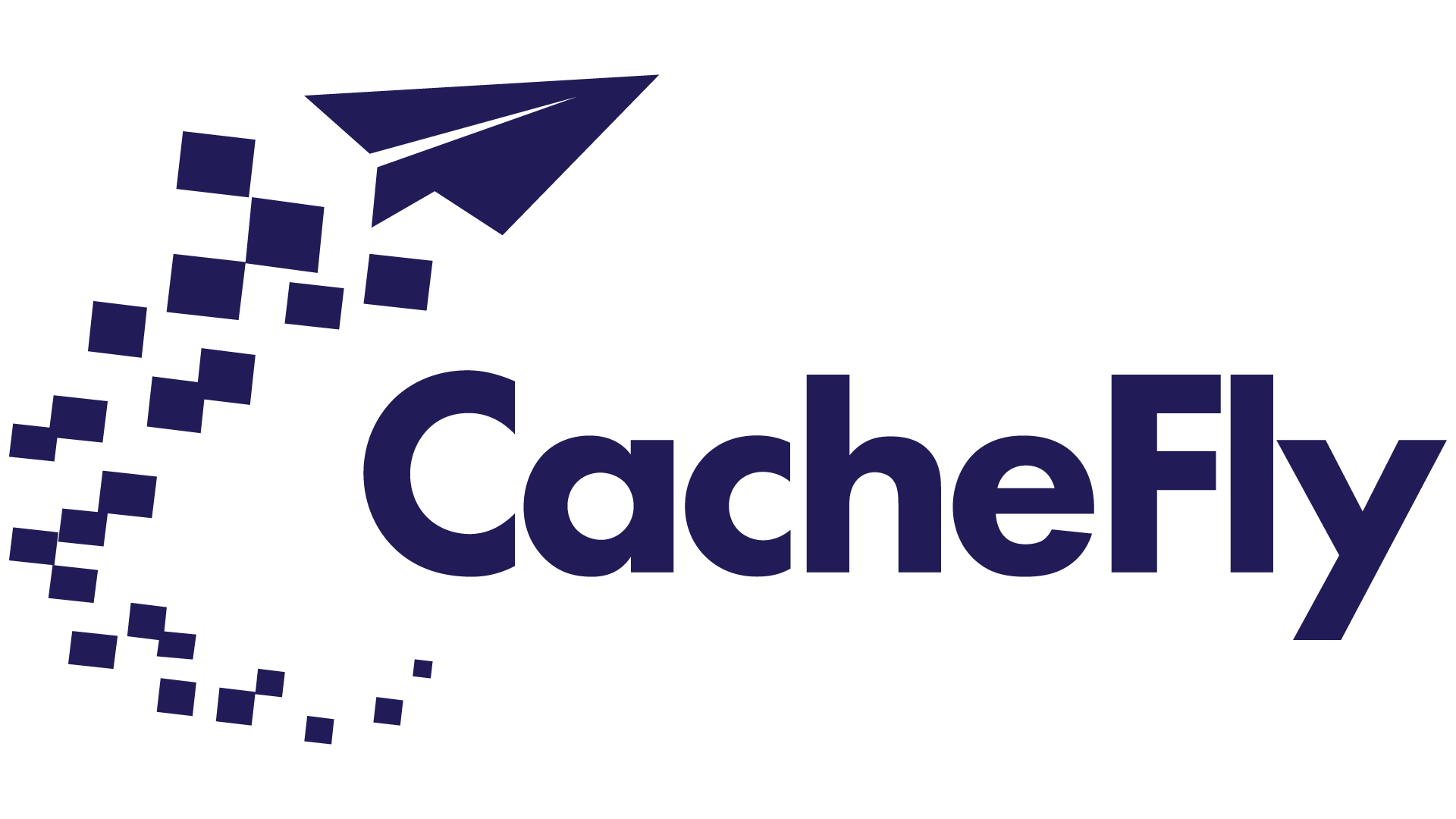
Fine-Tuning Cache Hierarchies for Optimal CDN Performance
Key Takeaways
- Implementing a multi-tier caching architecture can significantly optimize your CDN performance by intelligently distributing content across various network layers.
- Intelligent cache placement algorithms are crucial tools for determining the optimal location for each piece of content within the cache hierarchy.
- Advanced caching policies, including setting appropriate Time-to-Live (TTL) values, defining cache expiration rules, and implementing cache validation mechanisms, are key to fine-tuning cache hierarchies.
- Employing cache sharding techniques can help distribute content across multiple cache instances within each tier of the hierarchy, optimizing cache utilization and ensuring a more balanced distribution of traffic across the CDN infrastructure.
As businesses continue to leverage the digital landscape, the demand for efficient content delivery networks (CDNs) is on the rise. CDN performance significantly impacts user experience, with effective caching reducing latency and offloading traffic from the origin server. Advanced caching strategies, such as cache hierarchies, can further enhance this effect. In this blog, we delve into how optimizing cache hierarchies can enhance CDN performance, focusing on multi-tier caching architecture, intelligent cache placement algorithms, advanced caching policies, and cache sharding techniques.
Optimizing Cache Hierarchies for Enhanced CDN Performance
Implementing a multi-tier caching architecture is a key strategy for fine-tuning cache hierarchies. By strategically placing caches at various network layers—such as edge servers, regional hubs, and origin servers—you can significantly reduce latency and offload traffic from the origin server. This approach allows frequently accessed content to be served from the edge servers closest to the end-users, while less popular content is retrieved from higher tiers in the hierarchy.
Intelligent cache placement algorithms play a critical role in determining the optimal location for each piece of content within the cache hierarchy. These algorithms consider factors such as content popularity, geographical distribution of requests, and network topology to make data-driven decisions on where to store content for maximum efficiency. By dynamically adapting the cache placement based on real-time traffic patterns and user behavior, frequently accessed content is always readily available at the edge servers—minimizing the need for costly origin fetches.
Implementing advanced caching policies is another essential step in fine-tuning cache hierarchies. This includes setting appropriate Time-to-Live (TTL) values for different types of content, defining cache expiration rules based on content freshness requirements, and implementing cache validation mechanisms. By carefully tuning these policies, you can strike a balance between serving stale content and overburdening the origin server with excessive cache misses.
Finally, leveraging cache sharding techniques can optimize cache utilization and ensure a more balanced distribution of traffic across the CDN infrastructure. Cache sharding involves partitioning the cache space based on content attributes—such as file type, popularity, or domain. This allows for parallel processing of requests and helps prevent cache hotspots—ensuring that your CDN remains highly performant and responsive to changing user demands.
Enhancing Cache Efficiency through Content Prefetching and Intelligent Invalidation
As you continue to fine-tune your cache hierarchies, content prefetching strategies and intelligent cache invalidation mechanisms are two key areas to focus on. They have the potential to significantly enhance cache efficiency and improve user experience.
Proactive Caching with Content Prefetching
Content prefetching strategies are proactive measures to ensure that content is readily available when needed. By analyzing user behavior, access patterns, and content relationships, you can predict which resources are most likely to be accessed next, and preload them into the cache before they are actually requested. This reduces latency and enhances the overall user experience. In essence, you are anticipating your users’ needs and preparing to meet them before they even arise.
Refining Prefetching with Machine Learning
Machine learning algorithms can play a pivotal role in continuously refining and optimizing the prefetching process. By training models on historical data and real-time user interactions, you can identify complex patterns and dependencies between content items. This enables more accurate predictions of future requests. Additionally, machine learning can adapt the prefetching strategy to changing user behavior and content popularity. This ensures that your CDN remains highly efficient and responsive over time, continuously learning and adapting to serve your users better.
Maintaining Freshness with Intelligent Cache Invalidation
Intelligent cache invalidation mechanisms are equally important in maintaining the freshness and consistency of cached content. By defining clear rules and triggers for invalidating cached items—based on factors such as content updates, expiration times, and external events—you ensure that stale or outdated content is promptly removed from the cache. This maintains the integrity of the delivered data and prevents users from accessing incorrect or outdated information. After all, what good is a high performing CDN if it delivers outdated content?
Optimized Cache Space with Advanced Cache Purging Techniques
Employing advanced cache purging techniques is another essential strategy for fine-tuning cache hierarchies. This includes selective purging based on content attributes, such as URL patterns or cache tags, allowing for fine-grained control over which items are removed from the cache. By leveraging real-time monitoring and analytics, you can identify and purge content that is no longer relevant or frequently accessed. This optimizes cache space utilization and ensures that your CDN remains highly performant, even as content evolves and user behavior changes.
Remember, effective caching is not just about storing content—it’s about intelligently managing your cache hierarchies to deliver the right content at the right time. And as you continue to optimize your cache hierarchies, these advanced strategies provide a roadmap to a more efficient and responsive CDN.
Leveraging Dynamic Content Caching for Personalized User Experiences
In a world where personalization is key, it’s crucial to implement dynamic content caching techniques that enable tailored experiences for users—without compromising on cache hit ratios. Here’s how you can optimize your CDN for a more personalized user experience.
Dynamic Content Caching: The Art of Personalization
By caching dynamic content at the edge servers and using real-time user data to customize the delivered content, you create a personalized experience without sacrificing performance. This involves caching the base content and applying dynamic modifications or personalization layers on top of it. The result? A significant reduction in origin server requests. Essentially, you’re providing a tailored experience, right from the edge of the network—where it matters most.
Edge-Side Scripting: Bringing Personalization Closer to Users
Edge-side scripting or serverless computing capabilities allow you to execute dynamic content generation and personalization logic closer to the users. Running custom scripts or functions directly on the edge servers enables processing user requests, fetching relevant data from backend systems, and generating personalized content in real-time. This approach minimizes the latency associated with dynamic content generation, ensuring users receive up-to-date and relevant information — swiftly and efficiently.
Advanced Caching Rules: Balancing Personalization and Efficiency
The key to effective dynamic content caching lies in implementing advanced caching rules and policies. This includes defining cache key generation strategies that incorporate user-specific attributes, such as user preferences, location, or device type, creating unique cache entries for each user segment. With granular caching rules and variable cache durations based on content volatility and user behavior, you strike a balance between serving personalized content and maintaining high cache efficiency. It’s all about delivering a personalized user experience without overburdening your cache resources.
Real-Time Data Synchronization: Keeping Content Fresh and Consistent
Ensuring that dynamic content cached at the edge remains in sync with the origin server is crucial for a seamless personalized experience. This involves implementing efficient data replication and synchronization protocols to propagate updates and changes from the origin to the edge servers in near real-time. By keeping the cached content fresh and consistent across the CDN hierarchy, you can deliver personalized experiences while maintaining data integrity and avoiding stale or outdated information. This way, your users always get the most relevant and up-to-date content—tailored just for them.
As you can see, fine-tuning cache hierarchies for personalized user experiences involves a symphony of strategies, all working in harmony. It’s about anticipating user needs, bringing personalization logic closer to the user, balancing personalization with efficiency, and ensuring the freshness of content. And with these strategies in place, you can elevate your CDN performance to new heights—delivering a personalized user experience like no other.
Monitoring and Optimizing CDN Performance for Continuous Improvement
As the digital world continues to evolve, so does the need for robust, reliable, and efficient CDN performance. But how can you ensure your CDN is operating at its best? The answer lies in continuous monitoring and optimization. Let’s delve into the strategies that can help you achieve this.
Comprehensive Monitoring and Analytics: The Heartbeat of Your CDN
Implementing comprehensive monitoring and analytics solutions is key to gaining deep visibility into the performance and behavior of your CDN. This includes collecting real-time metrics on cache hit ratios, response times, error rates, and network latency across different regions and user segments. With advanced analytics tools and dashboards at your disposal, you can identify performance bottlenecks, detect anomalies, and make data-driven decisions to optimize your CDN configuration. It’s like having a health check-up for your CDN, helping you diagnose and treat any issues promptly.
Performance Testing: Assessing the Scalability and Resilience of Your CDN
Regular performance testing and load testing are crucial in assessing the scalability and resilience of your CDN infrastructure. By simulating high-traffic scenarios and measuring the response times and error rates under different load conditions, you can identify potential performance issues and capacity limitations. This proactive testing approach enables you to make informed decisions about infrastructure scaling, cache sizing, and load balancing strategies, ensuring optimal performance during peak traffic periods. Think of it as a stress test for your CDN, allowing you to fine-tune your CDN’s response to heavy traffic.
User Feedback and Engagement Metrics: The Ultimate Performance Indicators
Continuously monitoring and analyzing user feedback and engagement metrics allows you to assess the impact of your CDN optimizations on the user experience. This includes tracking metrics such as page load times, bounce rates, and conversion rates across different user segments and geographical regions. By correlating these metrics with CDN performance data, you gain insights into how your caching strategies and optimizations are affecting user satisfaction and engagement. Think of it as listening to your users’ voice, guiding your next steps in CDN optimization.
A Culture of Continuous Experimentation and Optimization: The Path to CDN Excellence
Fostering a culture of continuous experimentation and optimization within your CDN operations team is a winning strategy. Encouraging the adoption of agile methodologies and data-driven decision-making processes allows for quick testing and validation of new caching strategies, algorithms, and configurations. By embracing a mindset of continuous improvement and iterative refinement, you stay ahead of the curve in terms of CDN performance and user experience, ensuring that your content delivery remains highly efficient and responsive to changing user demands. It’s all about striving for excellence, one optimization at a time.
In summary, fine-tuning cache hierarchies for optimal CDN performance involves an ongoing, dynamic process. It requires a comprehensive view of CDN performance, regular stress testing, a keen ear to user feedback, and a culture of continuous improvement. So, are you ready to elevate your CDN performance to new heights?
About CacheFly
Beat your competition with faster content delivery, anywhere in the world! CacheFly provides reliable CDN solutions, fully tailored to your business.
Want to talk further about our services? We promise, we’re human. Reach us here.
Product Updates
Explore our latest updates and enhancements for an unmatched CDN experience.
CacheFly in the News
Learn About
Work at CacheFly
We’re positioned to scale and want to work with people who are excited about making the internet run faster and reach farther. Ready for your next big adventure?




